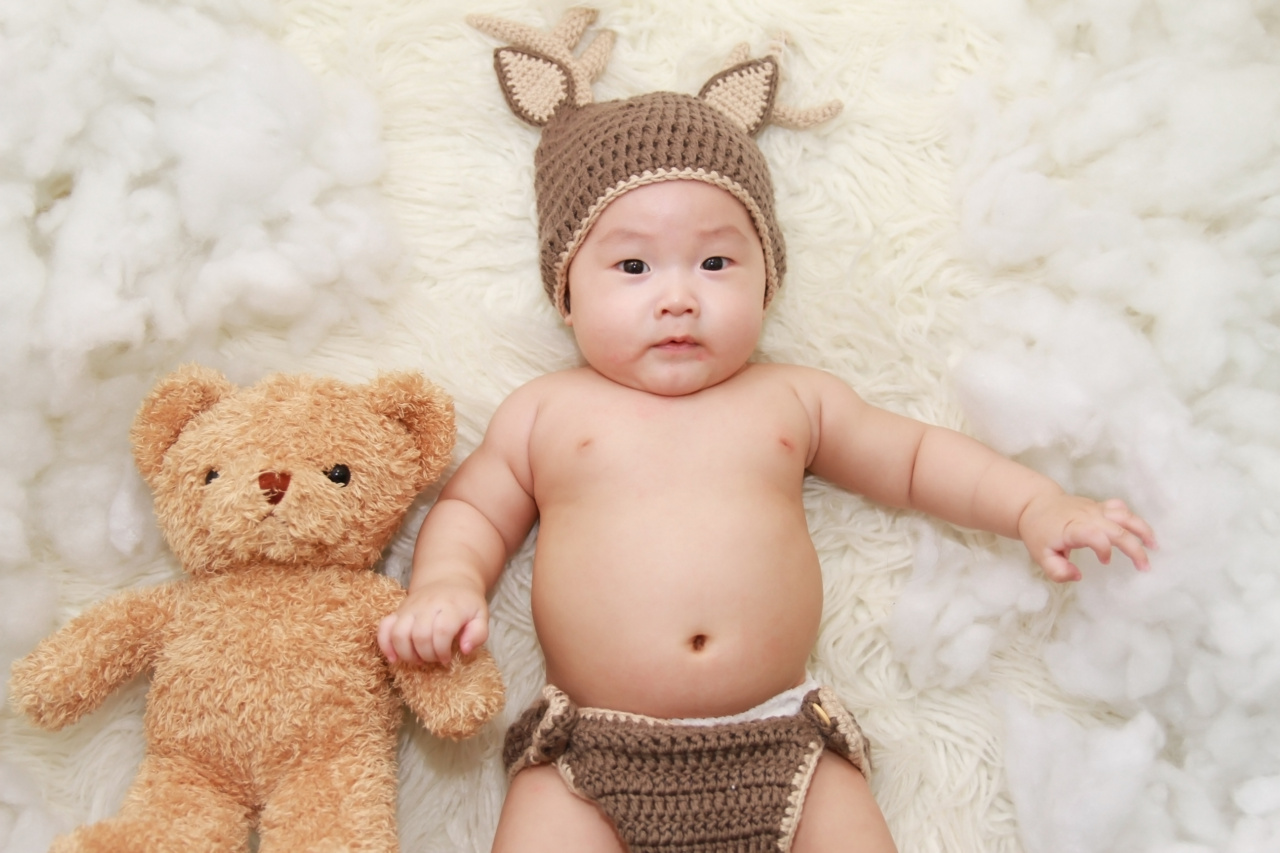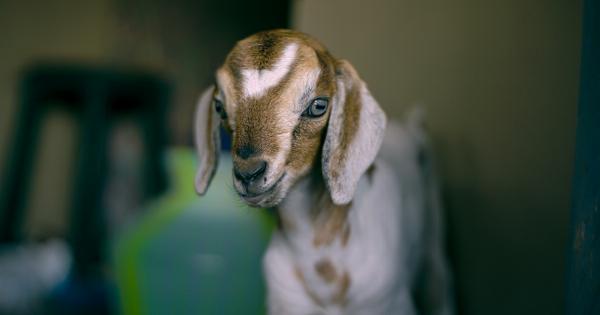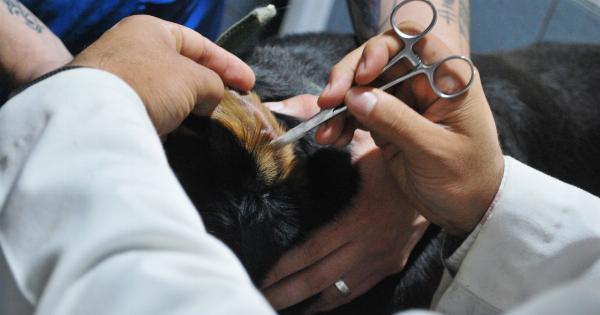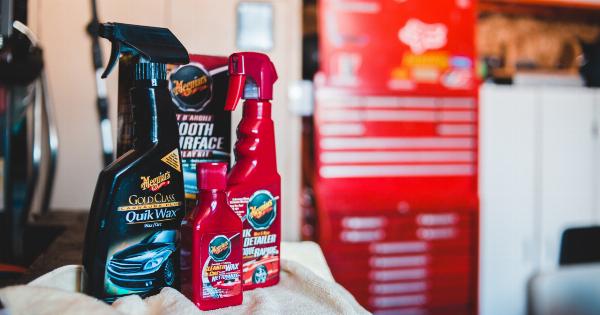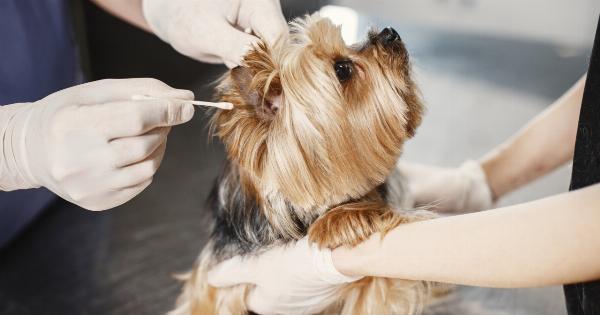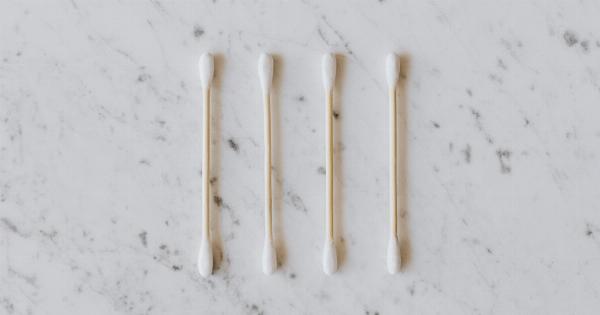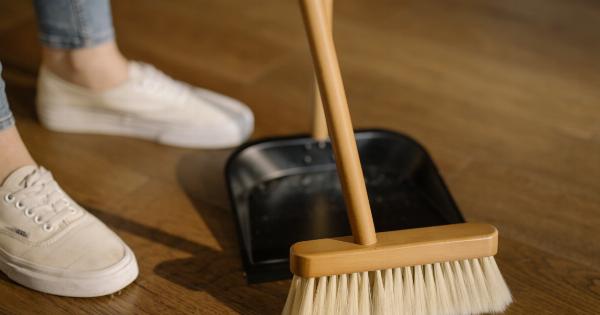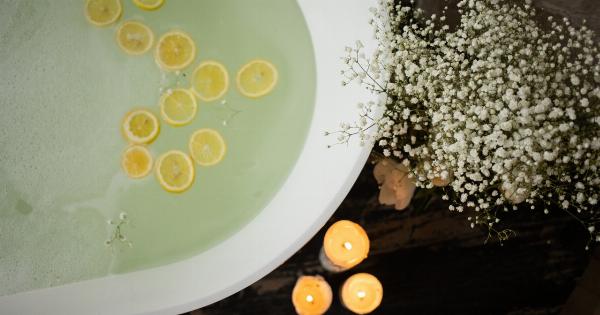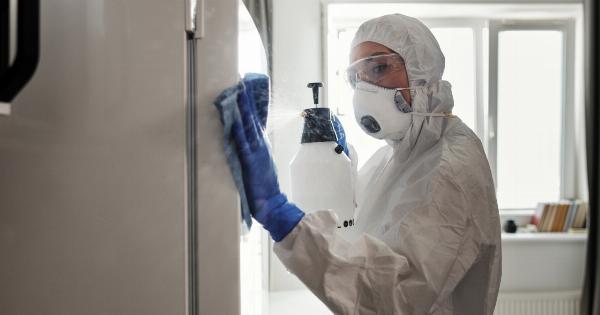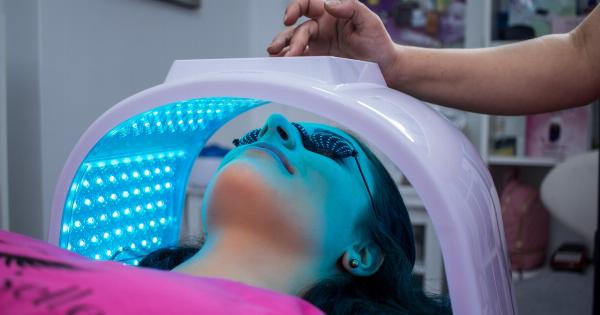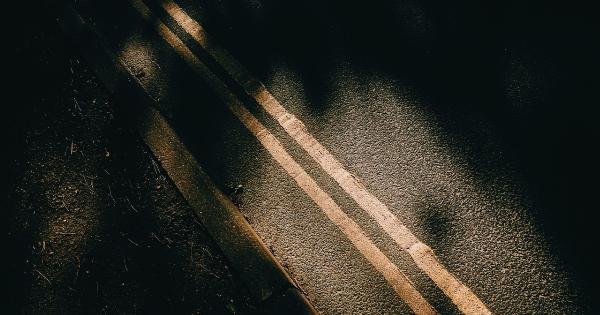Cotton swabs, also known as Q-tips, are a commonly used item in households, especially for parents with little ones.
They are primarily used for cleaning the earwax from the outer ear canal, but they come with a lot of risks for children under the age of three.
What are the risks of using cotton swabs?
Cotton swabs pose a significant risk of injury, especially to the child’s eardrum. Inserting a cotton swab in the ear canal can push the wax deeper, resulting in a blockage or damaging the delicate structures in the ear.
The child may also suffer an ear injury that could lead to hearing loss, balance problems or, in severe cases, lasting damage to the inner ear.
Cotton swabs can also scratch or cut the skin in or around your child’s ear, increasing the risk of infection. Additionally, there is a risk of choking if the child accidentally swallows the cotton swab.
Alternatives to cotton swabs for ear cleaning
To avoid the hazards of cotton swabs, there are many alternatives parents can use.
1. Earwax removal drops
Earwax removal drops are an effective and safe way of removing earwax for children. The drops soften and loosen the earwax, making it easier to remove naturally.
2. Warm water rinse
Flushing the ear canal with warm water is another gentle way to help remove earwax. The water should be at room temperature, and you can use a dropper or syringe to administer it. Tilt your child’s head to the side to allow the water to drain out.
3. Oil drops
Oil drops help loosen and soften earwax, making it easier to remove. Some of the best oils for earwax removal include mineral oil, baby oil, or olive oil.
Place a few drops of oil in your child’s ear and have them lie down on their side to allow the oil to work for several minutes. Then, gently rinse the ear with warm water to remove the loosened earwax.
How to clean your child’s ears safely
Cleaning your child’s ears is crucial to prevent earwax buildup and related issues. Here are some safe ways to clean your child’s ears:.
1. Observe the ear canal
It’s recommended that parents observe their child’s ear canal periodically to ensure there is no significant wax buildup.
If you notice your child has too much wax, contact your pediatrician or consider using any of the alternative products listed above.
2. Use a damp cloth
Using a damp washcloth is a safe way to clean the outer ear canal and will cause no harm to your child’s ear.
Simply wrap the cloth around your finger and gently wipe around the outer area of the ear without inserting the finger into the ear canal.
3. Seek professional help
If you’re not confident enough to clean your child’s ears yourself, seek a healthcare professional to do it for you. They will be able to remove the earwax safely and suggest some products or tips on how to manage it in the future.
Precautionary steps when using cotton swabs
If you still feel the need to use cotton swabs, here are some precautions that you can take to prevent injuries:.
1. Always supervise
Ensure you supervise your child if they are using a cotton swab to clean their ears. Do not leave them to use them on their own or with siblings.
2. Only use on the outer area of the ear
Never insert the cotton swab into the ear canal, simply clean the outer ear canal and remember not to apply pressure to the cotton swab.
3. Use caution
If you’re using a cotton swab for other purposes such as cleaning away excess glue or other foreign substances, use caution as just like in the outer ear canal, the child’s skin in other areas can be easily scratched or damaged too.
Conclusion
Cotton swabs make up only a small aspect of day-to-day living, but they can have serious effects if not used correctly.
It’s important to follow recommended safety guidelines while cleaning your little one’s ears, and also consider using wax removal drops, oil drops, or a warm water rinse as safe alternatives to cotton swabs.
